Perspectives at the intersection of art, science, and Himalayan cultures
 Situ Panchen (1700-1774); From a Palpung set of Masters of the Combined Kagyu Lineages
Situ Panchen (1700-1774); From a Palpung set of Masters of the Combined Kagyu LineagesKham Region, Eastern Tibet, late 18th century, ca. 1760s
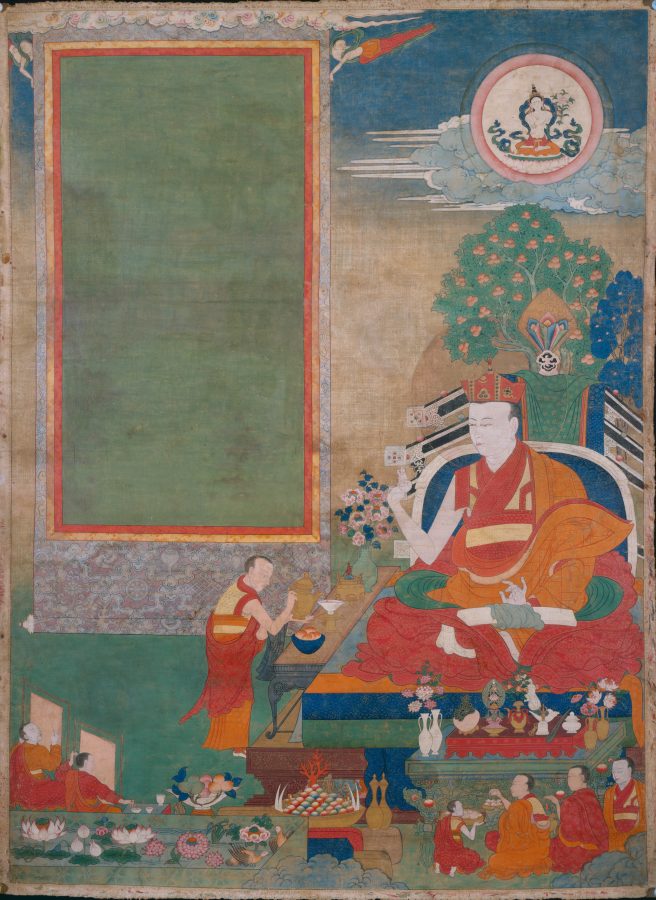 Situ Panchen as Patron of the Avadana Set, After Situ’s set of The Wish-granting Vine Series of One Hundred and Eight Morality Tales
Situ Panchen as Patron of the Avadana Set, After Situ’s set of The Wish-granting Vine Series of One Hundred and Eight Morality TalesKham Region, Eastern Tibet, 19th century
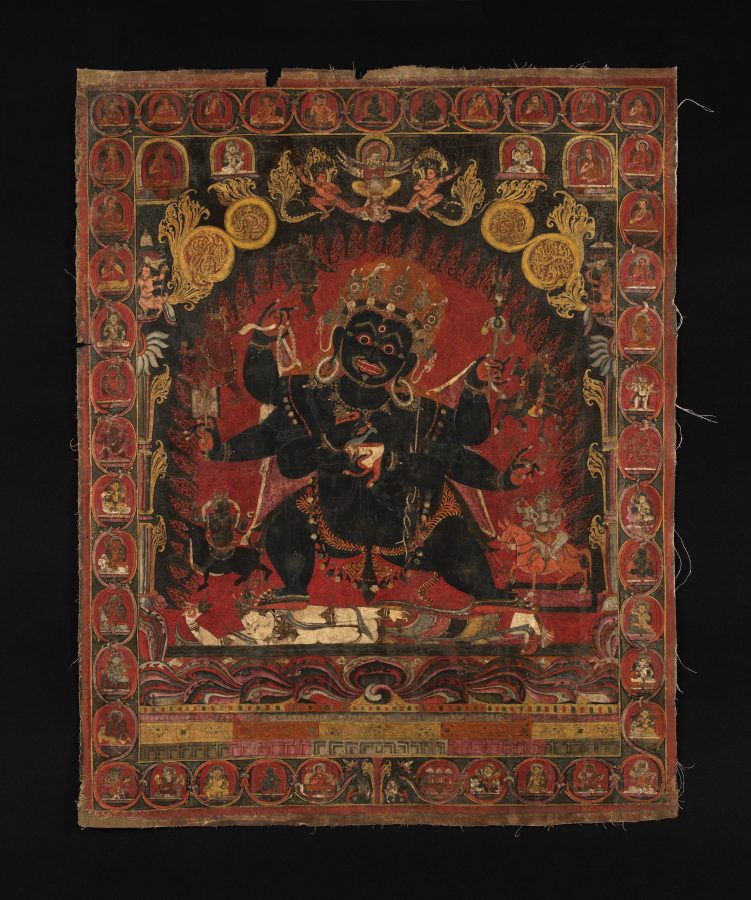 Six-Armed Mahakala
Six-Armed MahakalaTibet, 15th century
 Six-Armed White Mahakala
Six-Armed White MahakalaCentral Tibet, late 18th – early 19th century
 Six-Syllable Avalokiteshvara
Six-Syllable AvalokiteshvaraLadakh, Northwestern India, 14th century
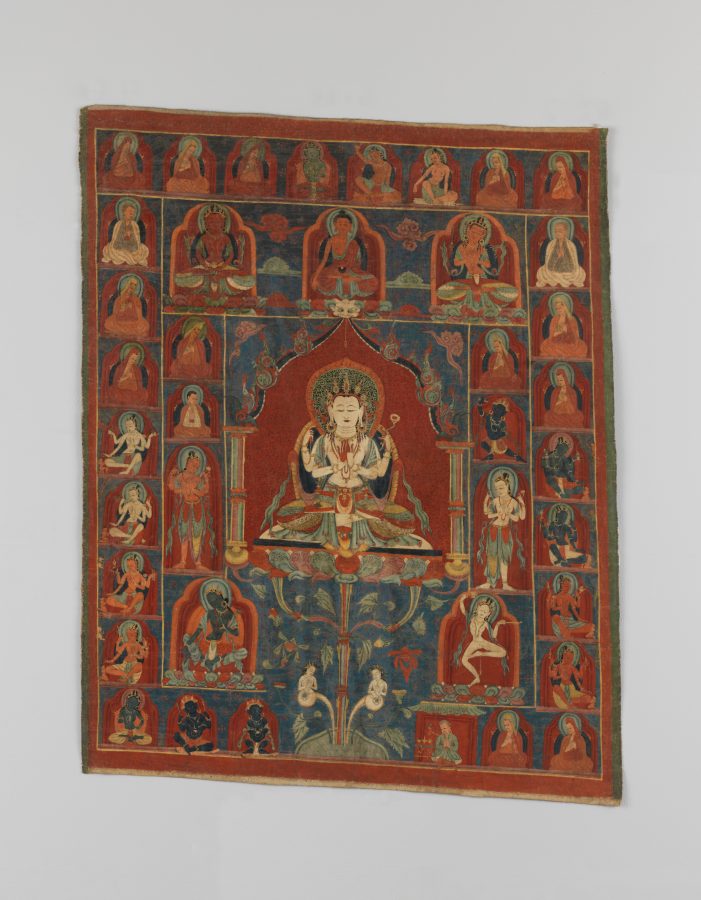 Six-syllable Avalokiteshvara rescuing from the Eight Fears
Six-syllable Avalokiteshvara rescuing from the Eight FearsWestern Tibet, late 15th century - early 16th century
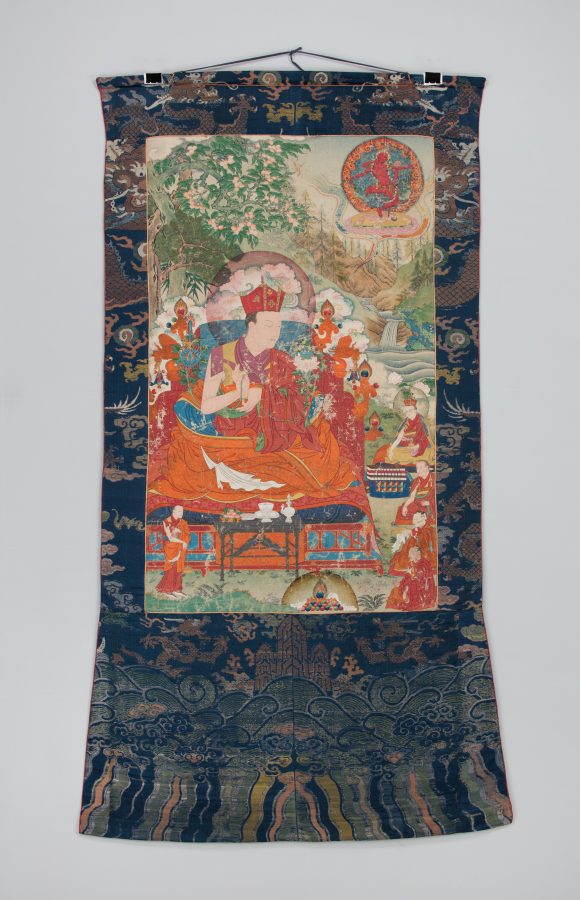 Sixth Zhamar, Garwang Chokyi Wangchuk (1584-1630); From a Pelpung set of Masters of the Combined Kagyu Lineages
Sixth Zhamar, Garwang Chokyi Wangchuk (1584-1630); From a Pelpung set of Masters of the Combined Kagyu LineagesKham Province, Eastern Tibet, late 18th century
 Smashana Adipati, Lords of the Charnel Ground
Smashana Adipati, Lords of the Charnel GroundTibet, 15th century
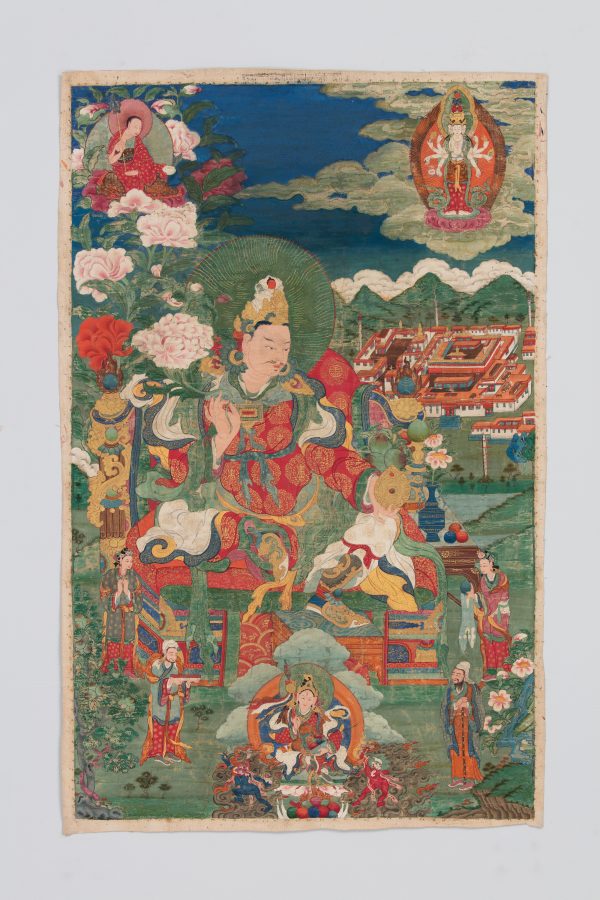 Songtsen Gampo (ruled 617-650) (From a set of the previous lives of the Dalai Lamas)
Songtsen Gampo (ruled 617-650) (From a set of the previous lives of the Dalai Lamas)Tibet, 19th century
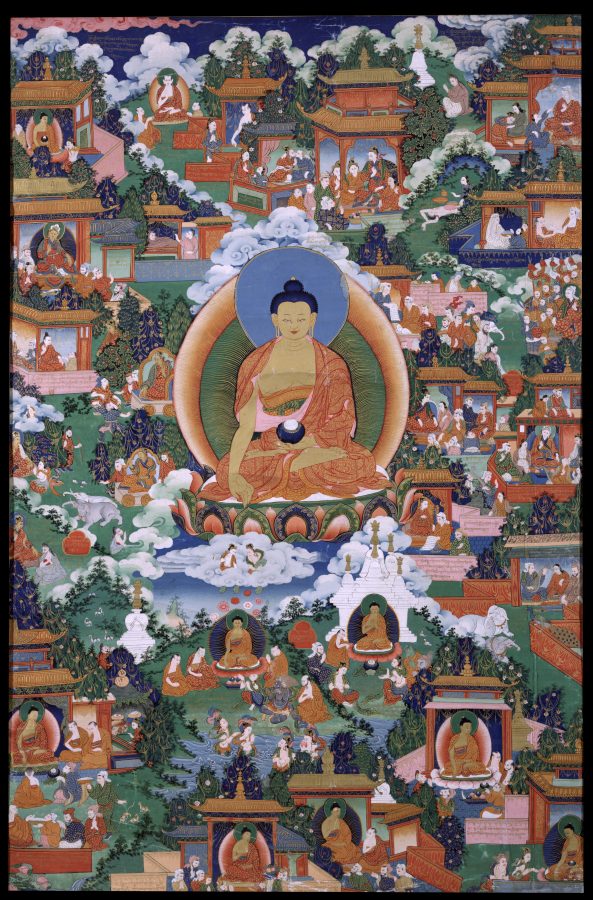 Stories of Noble Deeds (Avadana)
Stories of Noble Deeds (Avadana)Central Tibet, late 18th-19th century
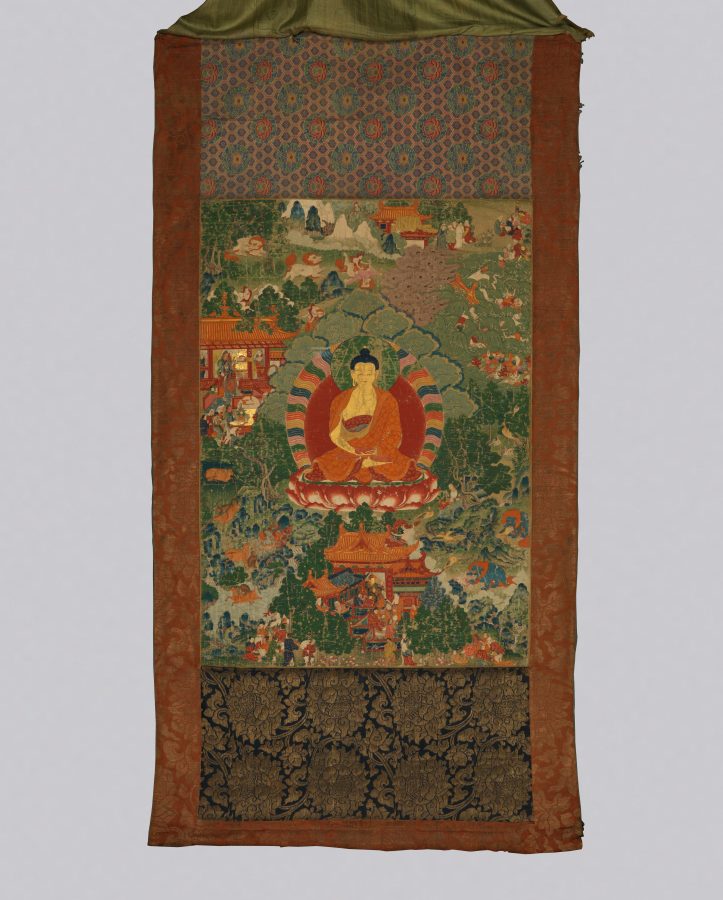 Stories of Previous Lives of the Buddha (Jataka)
Stories of Previous Lives of the Buddha (Jataka)Tibet, 18th century
 Stories of the Noble Deeds (Avadana), After a Set Designed by Situ Panchen (1700–1774) Illustrating Kshemendra’s Avadanakalpanada
Stories of the Noble Deeds (Avadana), After a Set Designed by Situ Panchen (1700–1774) Illustrating Kshemendra’s AvadanakalpanadaKham Province, Eastern Tibet, 19th century
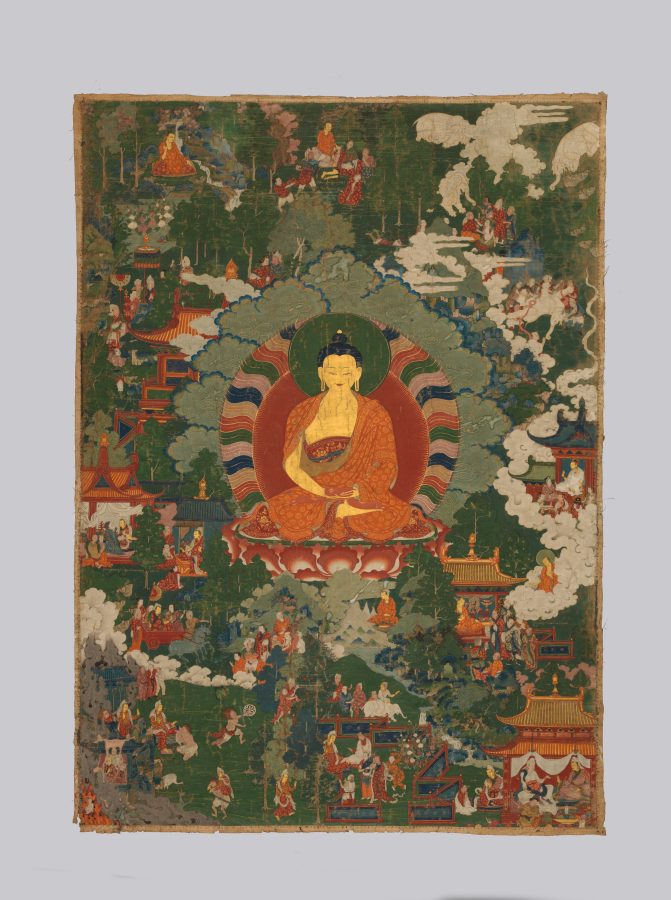 Stories of the Previous Lives of the Buddha (Jataka)
Stories of the Previous Lives of the Buddha (Jataka)Eastern Tibet, Late 17th-18th century
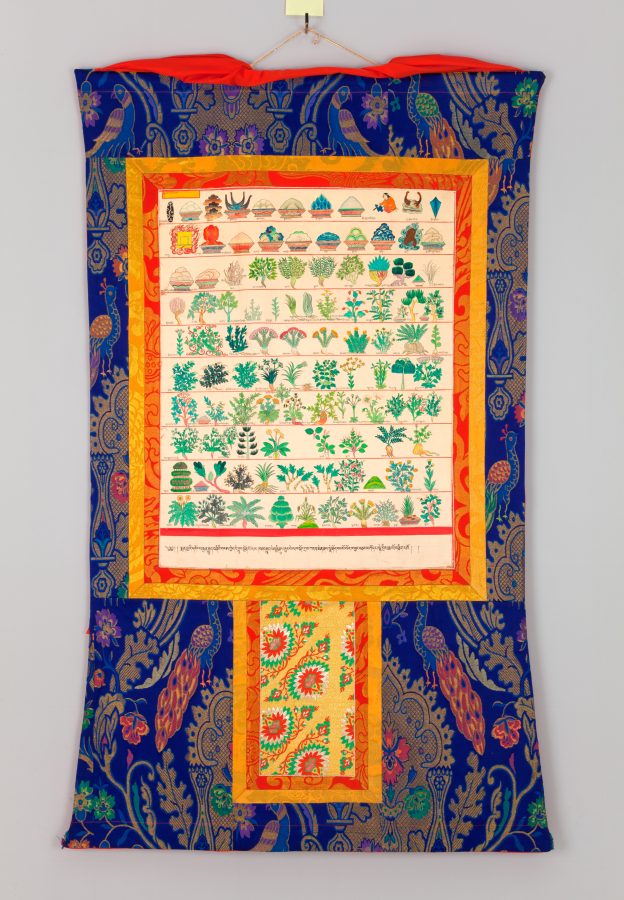 Supplementary Materia Medica I (chapter 20 cont.)
Supplementary Materia Medica I (chapter 20 cont.)Chentsa, Amdo region, Northeastern Tibet (Jianzha, Qinghai Province, China), 1995-1996
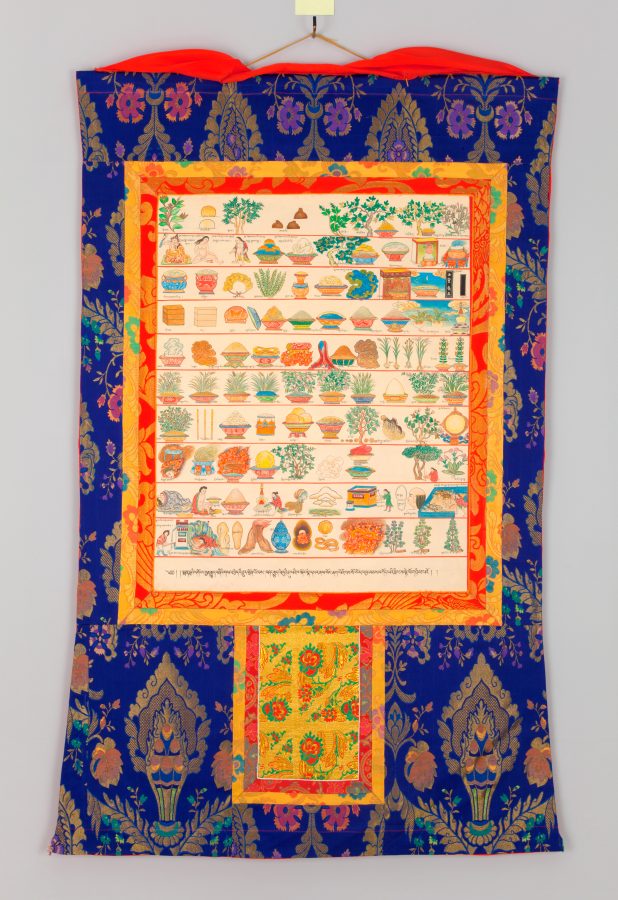 Supplementary Materia Medica II (chapter 20 cont.)
Supplementary Materia Medica II (chapter 20 cont.)Chentsa, Amdo region, Northeastern Tibet (Jianzha, Qinghai Province, China), 1995-1996
 Supplementary Materia Medica III (chapter 20 cont.)
Supplementary Materia Medica III (chapter 20 cont.)Chentsa, Amdo region, Northeastern Tibet (Jianzha, Qinghai Province, China), 1995-1996















